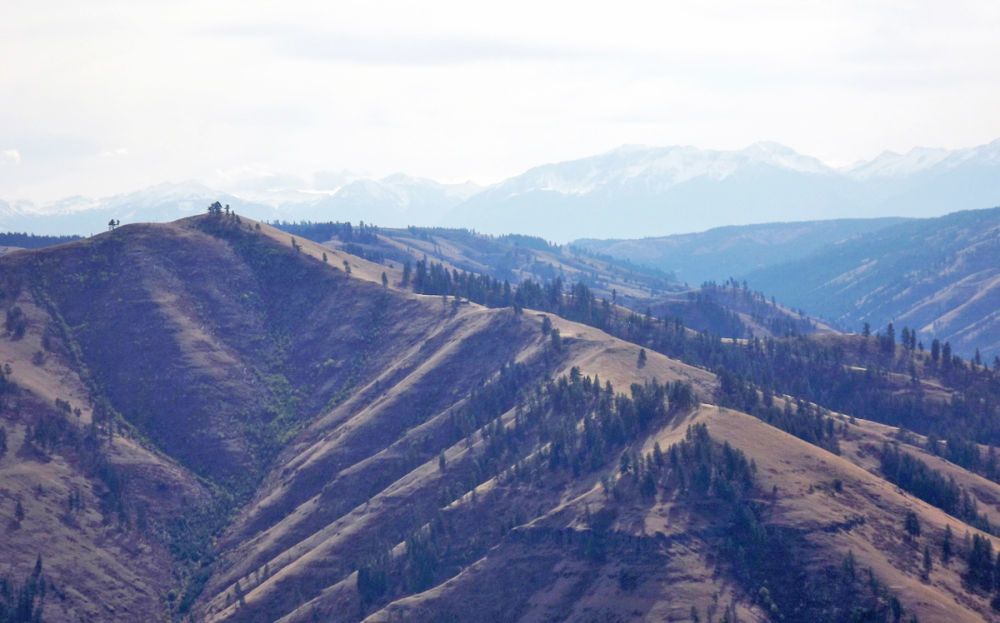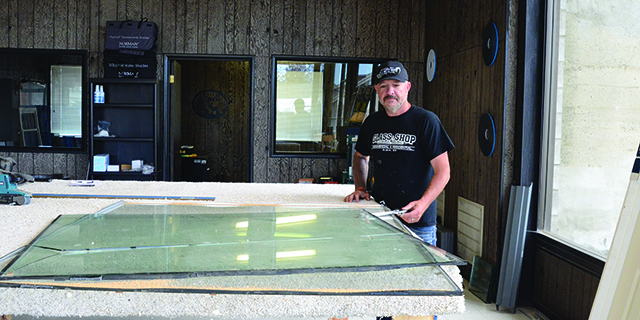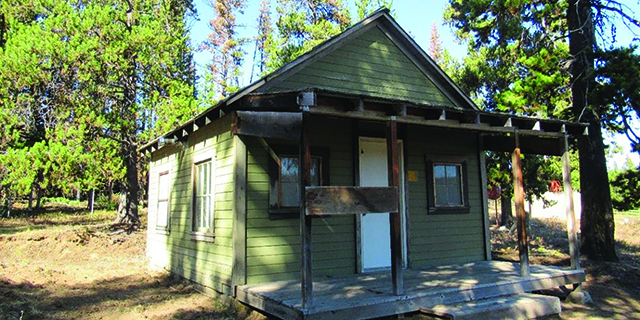Creek assessment brings hope for renewed logging
Published 4:00 pm Tuesday, December 3, 2013

- <p>Miller Ridge, part of the watershed assessment area, as viewed from Table Mountain in northern Wallowa County.</p>
By the end of this month the Wallowa County Natural Resources Advisory Committee (NRAC) plans to complete and submit to the U.S. Forest Service the 180,000-acre Lower Joseph Creek Watershed Assessment designed to create jobs in Wallowa County beginning in the spring and summer of 2015.
However, the federal government in the form of seven highly skilled foresters, biologists and botanists comprising an Interdisciplinary Team already is on the ground on Lower Joseph Creek trying to jumpstart that very process.
Trending
After years of sharply reduced logging on the Wallowa-Whitman National Forest due to stricter federal guidelines and legal challenges from the environmental community, loggers economic hopes are suddenly flickering back to life.
Bruce Dunn, NRACs chairman for more than 15 years, acknowledges it and suggests, We are right on the edge of success or failure. We (the local stakeholders) havent done this before, and I dont think the Forest Service has done this before either.
Whats new, if it can be accomplished, would be for NRACs efforts (which go well beyond NRAC itself with huge levels of assistance coming from such entities as Wallowa Resources, Wallowa County, and, yes, the Forest Service) for the entire 180,000-acre watershed to pass environmental muster with governmental approval and no appeals.
Dunn and others are hoping that NRAC which has received considerable assistance in the watershed assessment from such entities as Wallowa Resources, Wallowa County, and yes, even the Forest Service will be able to see the assessments entire 180,000 acres pass environmental muster, gaining governmental approval with no appeals.
The benefits to Wallowa County could be immediate.
Bill Aney was hired by USFS Regional Forester Kent Connaughton this spring to shorten the laborious, time-consuming environmental process to comply with the Endangered Species Act (ESA) and National Environmental Policy Act (NEPA) that often extends proposed forest-related projects for up to 10 years before decisions are rendered. In September, Aney listed Lower Joseph Creek as his Eastside Restoration Strategys No. 1 priority. And its his Interdisciplinary Team thats working on Lower Joseph Creek now.
Trending
At first glance, the involved 180,000-acre piece basically shaped like the nation of Chili and extending almost from Enterprise north to the Grande Ronde River seems akin to the 176,000-acre Upper Joseph Creek Watershed Assessment recently shipped to the Forest Service. That project is underway, seemingly successful, and creating jobs.
Yet theres a big difference one that accentuates the teetering potential for both success and failure spoken of by Dunn.
With Upper Joseph Creek, the information was gathered locally and turned over to the Forest Service. Many individual environmental assessments were prepared, and many projects quickly passed into being, perhaps in large part because of quality work done at the local level.
In contrast, a large collaborative effort like Lower Joseph Creek gains strength and cohesiveness because all entities have had their interests addressed throughout the process, resolving issues that could have led to stakeholder appeals and strengthening a sense of attaining good stewardship.
Wallowa Resources executive director Nils Christoffersen, whose nonprofit entity has procured much grant money to supplement funds provided by Wallowa County and the Forest Service to pay for the lengthy Lower Joseph Creek document (its cost now listed in the $300,000 to $400,000 price range), says Wallowa Resources, NRAC, and Forest Service personnel now are working cooperatively on the Lower Joseph Creek site.
Aney says of the collective NRAC group, Were way ahead of where wed be without their efforts. Time savings because of NRACs work are nearly impossible to gauge, he says. But typically, if foresters were able to free personnel to do such work, it would take a couple years to meet the EPA and NEPA requirements that his Interdisciplinary Team hopes to accomplish (with NRAC data) on Lower Joseph Creek by the end of 2014.
Compiled by about 35 volunteers and 10 paid staff, the Lower Joseph Creek Watershed Assessment has been four years in the making.
A watershed assessment, says Dunn, amounts to a snapshot in time when a complete inventory of whats located in the assessed area is captured on paper. A mere sample of such data includes harvestable timber, weeds, the status and need for fences, roads, maintenance, fuel reduction needs, and burning potential.
Wallowa County Commissioner Susan Roberts hopes the Forest Service will keep local stakeholders actively involved in the process. She says the local message to the Forest Service is this: We have a plan for Wallowa County and we want you to work with us.









